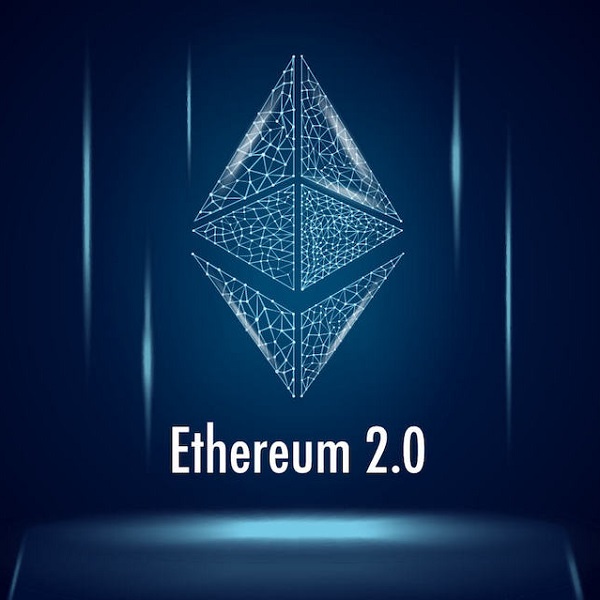
Ethereum 2.0 network upgrade a birthday gift to investors
Six years ago the Ethereum network had its initial release. Ether, the platform’s cryptocurrency, has skyrocketed in value since its initial 67 cents to over AU$2,700 each, drawing international interest from investors looking for healthy returns, but according to leading Australian cryptocurrency marketplace Cointree, few truly understand the potential behind their investment.
Cointree CEO Shane Stevenson says that short term profit seeking has led to a broad misunderstanding about the asset class, with some investors being burned by panic selling when the real value will likely come in the long-term.
“The fame of cryptocurrency was driven mostly by the enormous growth in value from coins like bitcoin and Ether over the past couple of years, but this has unfortunately clouded how the market views cryptocurrency as an asset class and the long-term investment opportunity,” says Stevenson.
“Established blockchains, such as Ethereum, are now being used not only to launch new cryptocurrencies into the market, but to create smart contracts and decentralised applications that are built and run free of interference from third parties, with almost no downtime, manipulation or fraud. The scope of this technology is incredible.
“Ethereum applications are run with Ether as the fuel, giving the cryptocurrency a use case beyond trading it on exchanges. We are already seeing powerful decentralised applications being introduced on the blockchain, such as Chainlink and Aave, and expect a lot more to come giving Ether the potential to be an attractive long-term opportunity.”
When Ethereum launched it became the first blockchain inviting developers to deploy permanent and unalterable decentralised applications on its platform. Now, it is estimated more than 3,000 decentralised apps are running on the blockchain.
The potential for this technology could be staggering and could present a truly long-term wealth generation opportunity for investors who take a position while the technology is still in its early stages.
“Ethereum has been rapidly growing in popularity, which is a good sign for an investment opportunity; however, we are seeing that popularity becoming a problem for the network.
“When transactions take place on Ethereum, the executer must pay a fee in Ether to have the transaction executed and its details updated on the Ethereum blockchain. The higher the fee, the higher the priority for that transaction to be executed.
“The Ethereum blockchain has become so popular that its current rate of 15 to 45 transactions per second is no longer efficient enough for its users, which is driving the fees to prioritise transactions up. It’s a good problem to have, but a problem none the less, and Ethereum is on the verge of launching its solution.”
Ethereum 2.0 is coming, employing a database architecture development concept called sharding that will help to upscale the blockchain. This will take the data stored on Ethereum nodes and separate it into smaller groups to be held on multiple databases across the network, spreading the workload across many more systems and allowing more transactions per second.
This will likely decrease the cost of transactions while increasing the volume of activity on the blockchain, making it more powerful.
“Ethereum has demonstrated its potential to continue as a major platform enabling the development of powerful blockchain applications, and the use case for Ether provides investors with an avenue to take a position on the technology,” said Stevenson.
“The planned upgrade for the Ethereum network and the volume of applications that developers are running through that blockchain allow investors to employ a different and more intelligent method of judging the long-term value of cryptocurrency rather than tracking short-term price movements.
“As cryptocurrencies continue to mature and more is understood about what they are and how they work, we should see a better approach to mainstream cryptocurrency investing more similar to traditional markets, with decreased volatility and more interest from institutional and sophisticated investors. This will be a positive for investors and developers alike,” he says.


